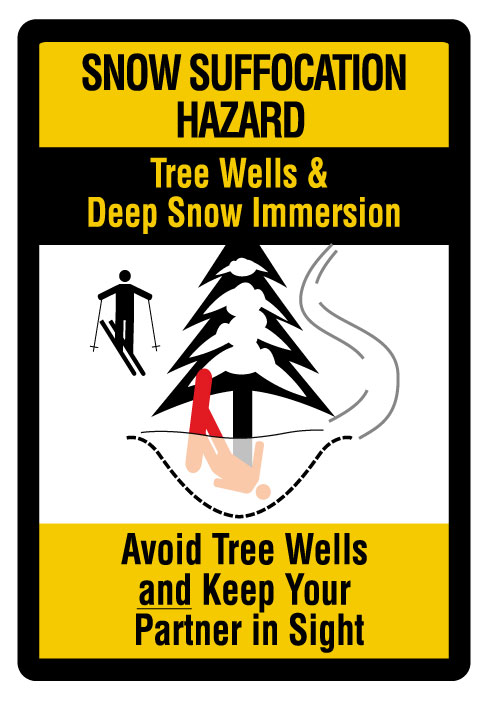
A death on December 28, 2003 at Mammoth Mountain in California is a reminder that the phenomenon known as "Snow Immersion Suffocation" SIS or "non-avalanche-related snow immersion death" (NARSID) is a continuing pattern in skiing and snowboarding, particularly in western North America.
Southern Californian Brian Daniels, 26, was pronounced dead at Mammoth Hospital after apparently he went off a run into deep snow and fell face first. Daniels was discovered by other skiers who noticed the bottom of his snowboard facing up in the snow in relatively gentle terrain.
The passersby dug him out, but Daniels was unconscious, non-responsive and not breathing, according to a statement issued by Pam Murphy, the resort's senior vice president of Public Relations. A patroller on the scene told Telemarktips.com that ski patrol personnel tried unsuccessfully to revive the victim with CPR and that there were no signs of apparent trauma. It is believed Daniels suffocated in the deep powder snow.
Dr. Cadman, who has studied this extensively, advises, "The most important prevention step is resisting the urge to ski through the trees during extreme powder conditions, no matter how inviting the untracked powder looks. But if the powder is too appealing and you find yourself skiing on timbered slopes: Buddy up with another (rider) and stay within sight of your partner. That means stopping and watching your partner descend, then proceeding downhill while he or she watches you.
Carry the same personal rescue gear as backcountry skiers: an avalanche beacon, shovel, probe, and whistle. And remove your pole straps. Trapped skiers have difficulty removing the pole straps, which can hamper efforts to escape or clear an air space to breathe."
Despite all precautions if you find yourself falling headfirst into deep powder and/or into a tree well "Do everything you can to avoid going down: grab branches, hug the tree, or anything to stay above the surface. If you go down, resist the urge to struggle violently. The more you struggle, the more snow will fall into the well and compact around you. Also, your skis or snowboard may knock snow off the branches."
"Instead of panicking, try first to make a breathing space around your face. Then move your body carefully in a rocking manner to hollow out the snow and give you space and air. Hopefully, your partner will have seen what happened and will come to your rescue within minutes. If not, experts advise staying calm while waiting for assistance. Survival chances are excellent if you maintain your air space. Over time, heat generated by your body, combined with your rocking motions, will compact the snow, and you may be able to work your way out."
Additional information in Tree Well and Deep Snow Immersion Safety (PDF).For a comprehensive discussion visit the Tree Well and Deep Snow Immersion Safety website. It could save your life.
These Video's from deepsnowsafety.org will provide additional information. They are for educational purposes only and are best viewed as part of the Tree Well and Deep Snow Immersion Safety in-depth discussion.
What Is A Treewell Or SIS Accident
What Is A Treewell
What To Do If You Go Down
What If Your Partner Goes Down
These Video's from deepsnowsafety.org will provide additional information. They are for educational purposes only and are best viewed as part of the Tree Well and Deep Snow Immersion Safety in-depth discussion.